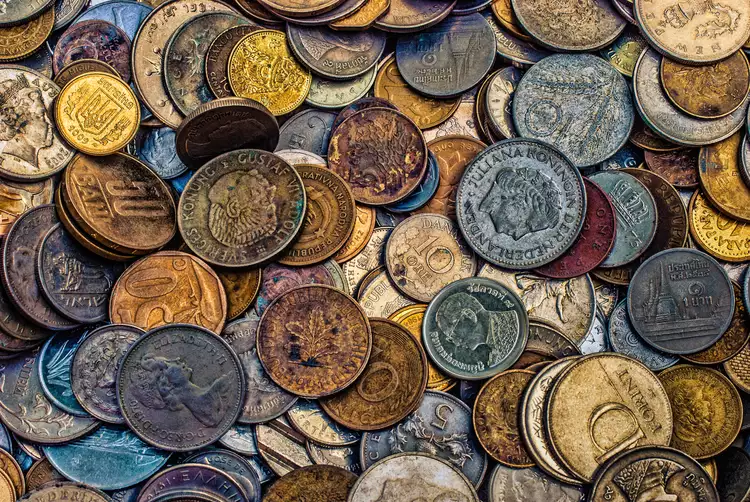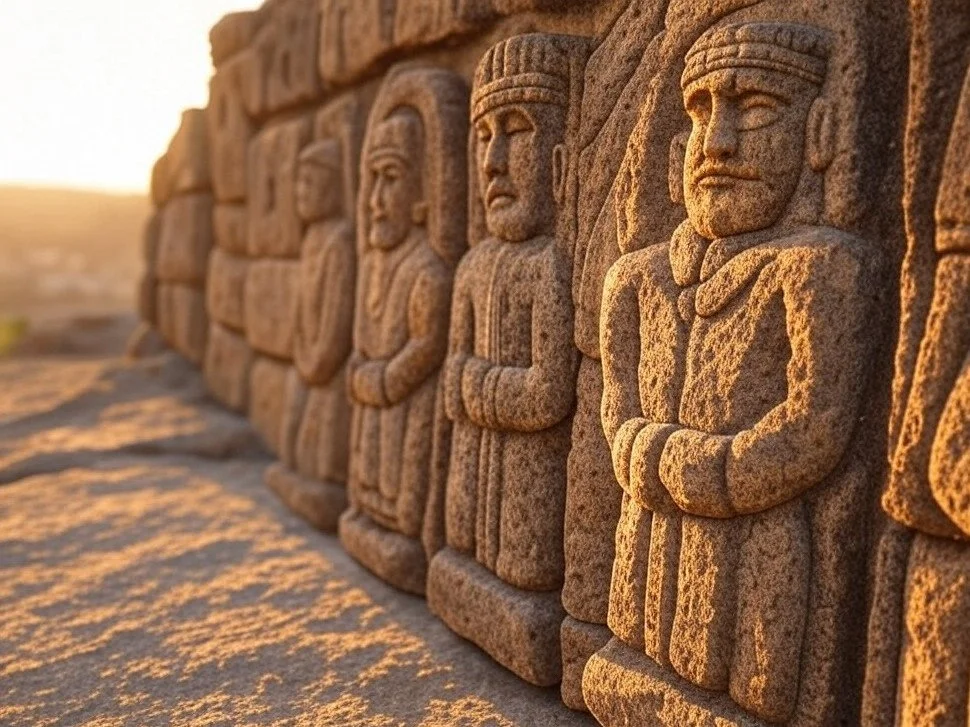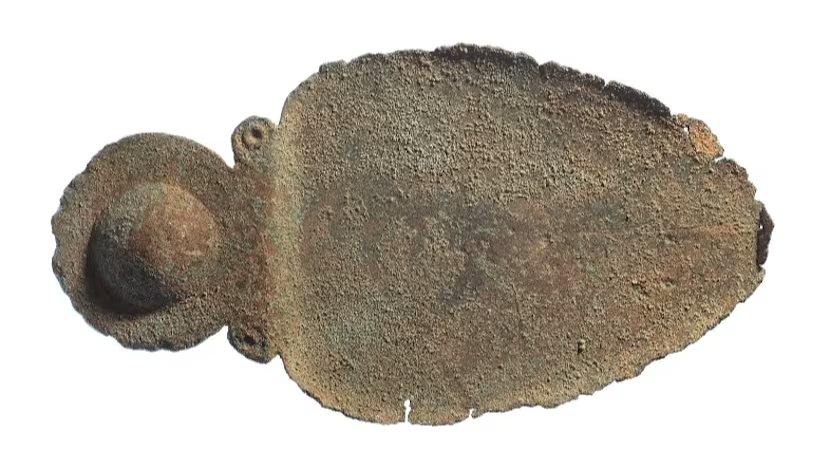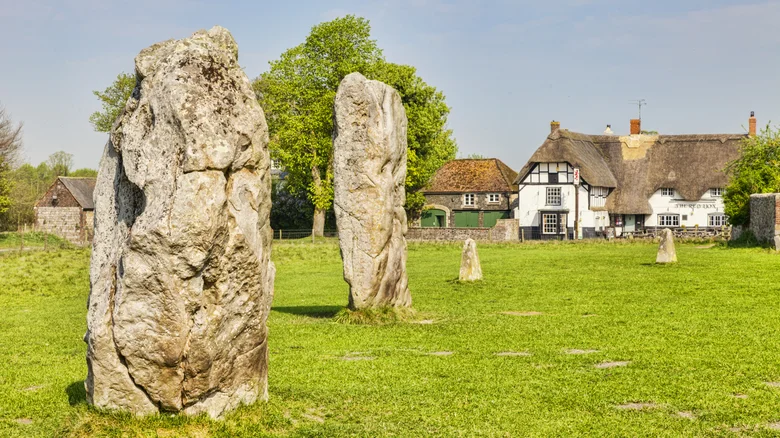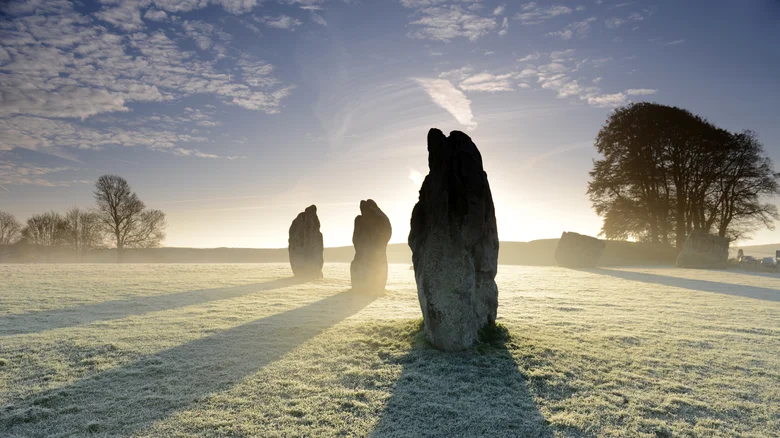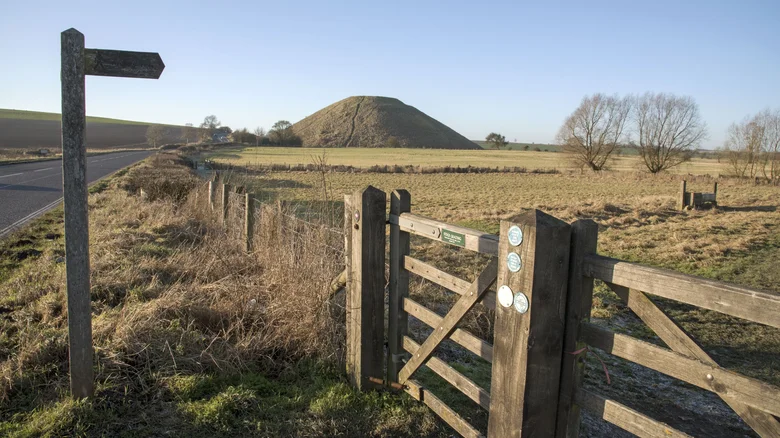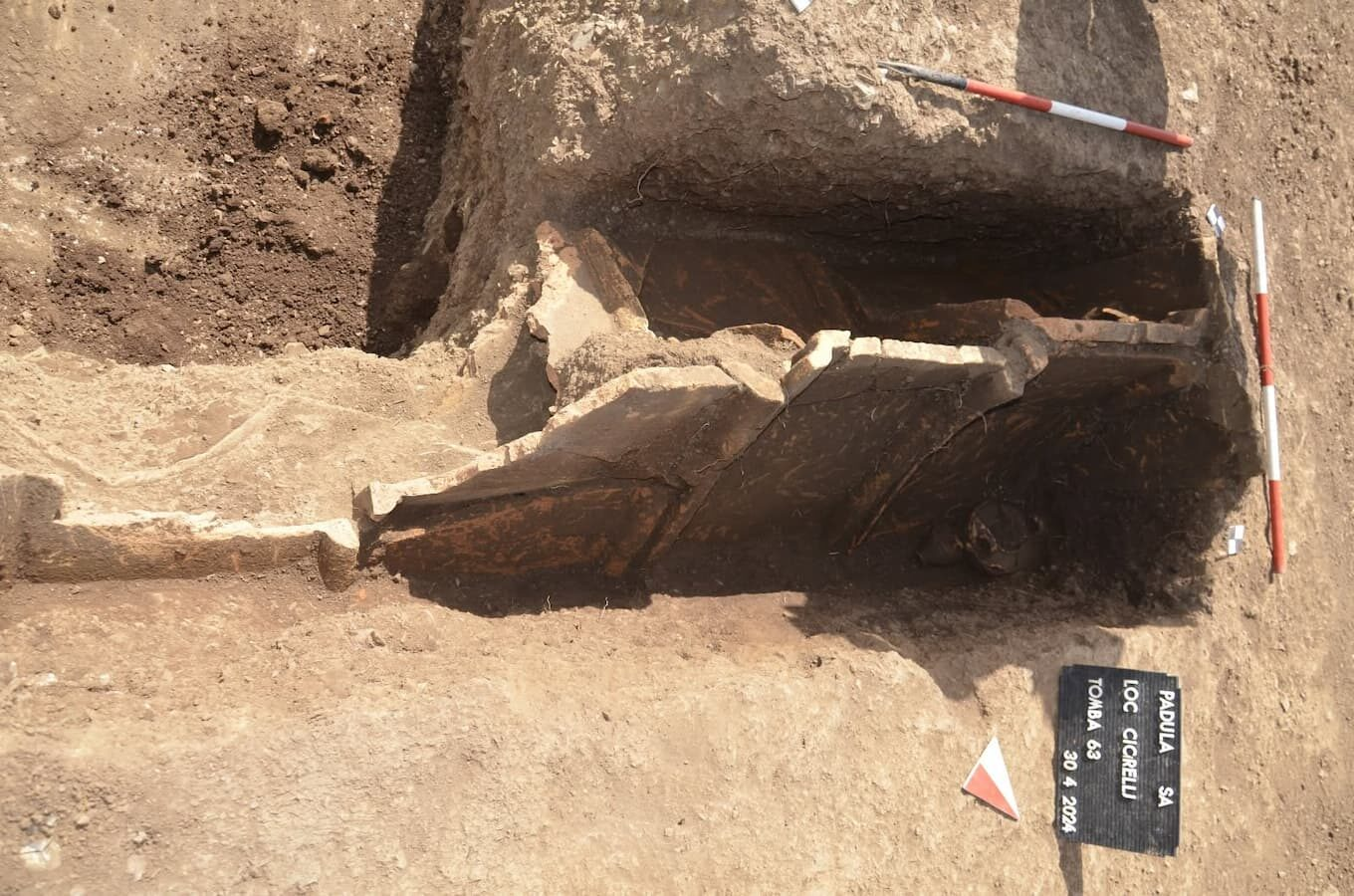A Journey Through Indonesia’s Riau Archipelago
A team of paleontologists set out on an ambitious expedition to Indonesia’s Riau Archipelago, hoping to uncover traces of Homo erectus, one of humanity’s earliest ancestors. However, as they traversed the islands, they encountered a sobering reality: widespread deforestation, palm oil plantations, and relentless erosion had erased much of the ancient landscape, making the search for archaic life increasingly difficult.
The Impact of Palm Oil Industry on Archaeology
Flying over Bintan Island, the team observed vast stretches of palm trees dominating the land. On the ground, remnants of fallen palms and scattered red palm fruit underscored the presence of Indonesia’s booming palm oil industry. As the world's largest producer of palm oil, Indonesia has rapidly expanded its plantations, significantly altering the natural landscape. This transformation poses a challenge for researchers seeking physical evidence of early human life.
One of the expedition’s first stops was a palm oil plantation rumored to contain massive shell mounds, or middens, hidden among the trees. After navigating through muddy trails, the team discovered a towering midden, composed of millions of discarded shells. Standing over 20 feet tall, this structure provided a glimpse into the Hoabinhians, an ancient culture that inhabited the region from 40,000 to 2,000 years ago. Radiocarbon dating revealed that the midden had been in use between 1,700 and 12,550 years ago.
Despite this find, the researchers learned that two even larger middens once stood nearby—until they were destroyed and plowed back into the earth. While the remaining site had been preserved by local authorities as a potential tourist attraction, the loss of the other middens highlighted the fragility of Southeast Asia’s archaeological record.
The Devastating Effects of Deforestation
Indonesia’s reliance on monocultural farming, particularly palm oil production, has driven mass deforestation over the past few decades. Between 1990 and 2020, one province in Sumatra alone lost 4.63 million hectares of forest—an area larger than Kuwait, the Bahamas, and Montenegro combined. Meanwhile, palm oil plantations expanded to 3.52 million hectares, generating billions of dollars annually and contributing to 2.5% of the nation’s GDP.
However, this economic growth has come at a steep price. Ancient forests, once home to invaluable archaeological evidence, have been razed. As the researchers moved through Bintan and neighboring islands, they encountered repeated instances where potential historical sites had been wiped out.
Filling the Gaps in Our Knowledge of Homo Erectus
For over a decade, the research team, in collaboration with Indonesian paleontologists from the Institute of Technology in Bandung, has been investigating ancient life in Sumatra and its surrounding islands. Their focus on the Riau Archipelago stemmed from its significance within Sundaland, a vast landmass that once connected Indonesia, Malaysia, Thailand, and the broader Southeast Asian region. During much of the Pleistocene epoch, beginning 2.6 million years ago, Sundaland was above sea level. However, around 400,000 years ago, it began to submerge, and by 12,000 years ago, most of it was underwater.
The first discoveries of Homo erectus fossils in Southeast Asia date back to the 1890s in Java, Indonesia, followed by significant finds in Zhoukoudian, China. Yet, there remains a striking gap in evidence between these two locations. Some researchers have proposed that dental remains and potential tools indicate the species’ presence in Southeast Asia, but definitive physical evidence remains scarce. The gradual submergence of Sundaland likely erased many migratory paths taken by early humans.
Using advanced modeling techniques, the team analyzed potential migration routes of Homo erectus when Sundaland was still above water. Their findings suggested that many key pathways now lie beneath the sea. However, depending on historical sea levels, a few potential routes remain accessible on dry land today.
The Search Continues Despite Challenges
Equipped with maps outlining possible migration routes, the researchers set off to explore multiple islands, including Bintan, Batam, Karimun Besar, Kundur, Lingga, and Singkep, in hopes of discovering traces of ancient hominins. Yet, they faced a major obstacle: the region’s geology.
Unlike the limestone caves of Sumatra and Java—where some of the most significant human evolutionary discoveries have been made—the Riau islands are largely composed of granite, a rock type that does not preserve fossils well. The islands’ acidic, iron-rich soils further reduced the chances of finding well-preserved remains.
Despite these hurdles, the team remained hopeful. Geological maps suggested that some Pleistocene-era sediments could still be present, and experience had taught them that maps are not always completely accurate.
The Impact of Historical Land Use
The transformation of the Riau Archipelago extends beyond modern deforestation. While exploring the islands, the team noticed an unusually barren landscape where lush jungle should have been. Historical research revealed the culprit: gambier cultivation.
Gambier, an extract from the leaves of Uncaria gambir, was in high demand from the 17th century onward as a tanning agent and dye. To meet demand, colonial records show that entire forests were cleared at an alarming rate. Between 1821 and 1870, up to 5% of some islands’ landmass was deforested annually. While some secondary vegetation returned after the industry collapsed in the late 19th century, the islands never fully recovered.
The damage was further compounded by severe erosion. Without the protection of natural forests, intense rainfall and humidity accelerated soil degradation. This environmental destruction likely wiped away any archaeological remains that once existed.
A Disappearing History
Despite exhaustive searches, the team found little evidence of Homo erectus in the Riau Archipelago. The discovery of middens and a few scattered pottery shards hinted at human activity, but major finds remained elusive.
The research expedition ultimately provided insight into a different kind of loss—not just of early human history, but of the landscape itself. Industrial agriculture, mining, and unchecked deforestation have not only destroyed ecosystems but have potentially erased the last remaining traces of our ancient ancestors in the region.
While the knowledge gap regarding Homo erectus' migration may have been partially addressed, the bigger lesson remains clear: unsustainable human practices continue to threaten both biodiversity and the remnants of our shared past.

